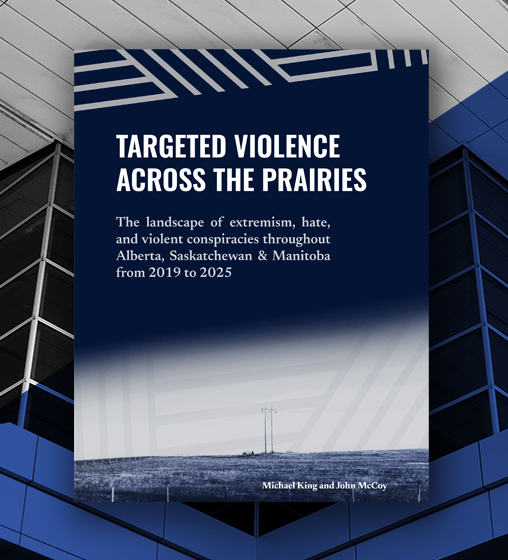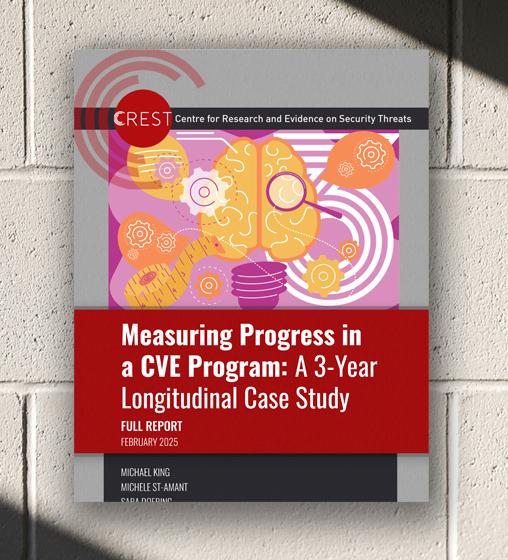For easier navigation, this report has been split up into sections. You’re currently reading section V: Conclusion. Use the buttons below to jump to the other sections of this report, or download the full pdf here.
Conclusion
Building on our previous provincial threat report published in 2019, this report has sought to provide an update on the extremist and terrorist landscape and how it affects Canada, focusing on Alberta.
The OPV hopes that this report will provide readers with helpful contextual and background information to understand local issues and threats better.
We believe understanding and awareness of local issues is a critical first step in preventing hate-motivated violence, extremism, and terrorism. Similar to other problems, these issues require a whole-of-society response where policymakers, law enforcement, and communities, for example, those who are victimized by hate-based violence, work towards prevention.
While not all communities face the same risks, this report has identified several key trends across Canada.
The first is the rise in xenophobic hate and extremism. This is exemplified in tragic events such as the June 2021 vehicle ramming in London, Ontario, which targeted a Muslim family, and the national rise in police-reported hate crimes over the last 5 years.
Additionally, the current trend in xenophobic extremism, which favors lone actors rather than group-based activities, poses the potential for lone-actor incidents by individuals who have little or no connection to broader extremist groups, making the prevention of violence more difficult.
The second trend, fueled in part by the Covid-19 pandemic, is a rise in the popularity and spread of anti-authority extremist ideologies. While this brand of extremism was previously uncommon, and uniquely the purview of Canadian ideological groups like the Freemen on the Land, this form of extremism is now espoused by a variety of individuals, gurus, and loosely connected groups like Diagolon, who are driven by a host of motivations and conspiracies.
Finally, an ongoing trend – and a new addition to the OPV’s threat report – is the proliferation of conspiracy theories like QAnon and the great replacement. The threat that these types of conspiracies pose to Alberta and Canada is twofold.
First, while it is important to note that most individuals who believe in conspiracies will never resort to violence, there have nonetheless been instances where these conspiracies have led individuals to justify violent activities — most notably is the follower of Romana Didulo, who threatened to attack a school for vaccinating children.
Second, these conspiracies have been increasingly adopted by various hate-motivated extremist groups and actors, including anti-authority and xenophobic extremists, lending the potential for individuals who espouse conspiracy theories to drift into extremist ideologies.
These trends in hate-motivated violence, extremism, and terrorism in Alberta and Canada represent a threat to our democratic values and identity as a multicultural society.
For this reason, reports documenting historical precedents and describing these trends are critical for informing and educating the public. We hope that the evidence collected and presented here has done just that and will help Albertans understand and identify the threats and challenges in their communities because community solutions can arise through community awareness.



